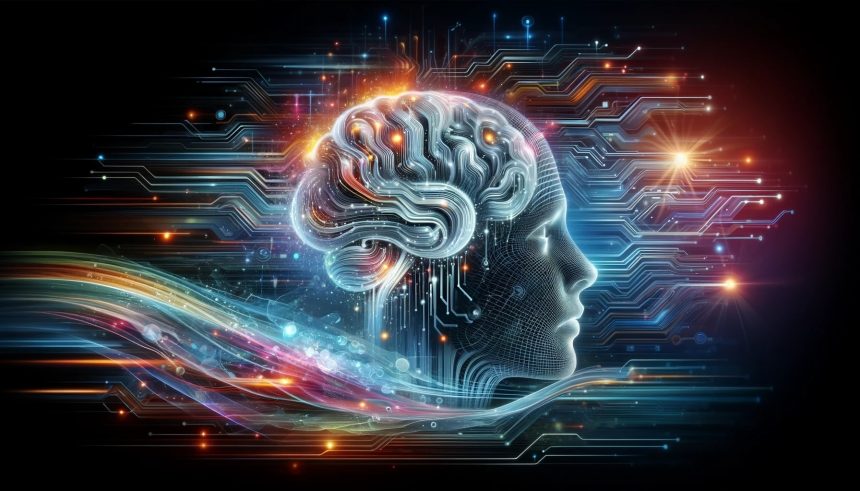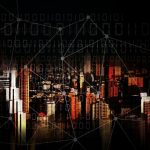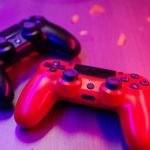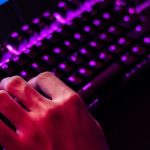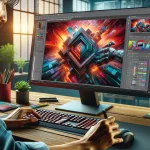The integration of generative A.I. into creative industries has sparked a significant debate among artists. While some view A.I. as a threat to traditional creative methods, others leverage it to enhance their work and explore new artistic horizons. This divide highlights the evolving relationship between technology and creativity, as artists navigate the benefits and challenges presented by A.I. tools.
In recent years, the adoption of A.I. in art and design has surged, mirroring trends seen in earlier technological advancements. Unlike previous tools that primarily assisted in production, today’s A.I. systems offer more autonomous creative capabilities. This shift has intensified discussions about the role of human creativity in an increasingly automated landscape.
How Are Artists Integrating AI into Their Work?
Many artists have incorporated generative A.I. tools into their creative workflows to streamline processes and experiment with new styles. For instance, Hugo Barbera, founder of HumAIn, utilizes platforms like Midjourney and Runway to design high-quality visuals for luxury brands.
“The whole creative process has changed a lot for me, because it’s transforming it from the very start, from concept to photo shoots and video,”
Barbera explained. By automating repetitive tasks, artists can focus more on the creative aspects of their projects.
What Are the Benefits of Using AI for Creativity?
A.I. offers several advantages, including time efficiency and the ability to generate diverse creative concepts rapidly. Minta Carlson, an illustrator and A.I. designer, highlighted how customizing models like Stability AI’s Stable Diffusion allows her to produce unique illustrations more quickly.
“A.I. will make it possible for independent artists to create profoundly incredible work,”
Carlson stated. This capability not only accelerates the creative process but also expands the range of artistic possibilities available to creators.
Are Artists Facing Backlash for Using AI?
Despite the advantages, some artists encounter criticism from their peers for incorporating A.I. into their work. Barbera recounted an incident where an artist called his A.I.-generated magazine cover “disgusting,” suggesting that A.I. undermines the creative integrity of art. Additionally, concerns about job displacement have fueled tensions within creative communities. However, many artists argue that adapting to A.I. is essential to remain relevant in the industry.
As A.I. technology continues to advance, its role in the creative sector is becoming more prominent. Artists who embrace these tools often find new opportunities and expand their creative capacities, while those who resist may struggle to keep pace with industry changes. The ongoing dialogue underscores the necessity for artists to balance technological innovation with traditional creative values.
Balancing the use of A.I. with human creativity is crucial for sustaining the artistic process. Artists who effectively integrate A.I. into their work can enhance their creative output and explore new artistic expressions. However, it is important to address concerns about devaluation of creative labor and ensure that A.I. serves as a tool to complement, rather than replace, human ingenuity.

